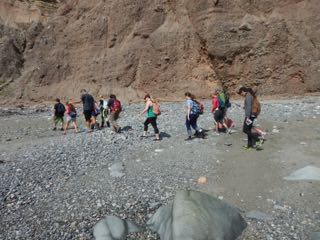
-
| 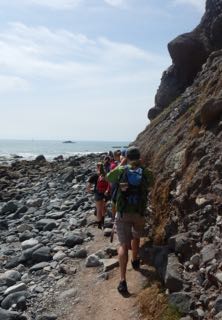
-
| 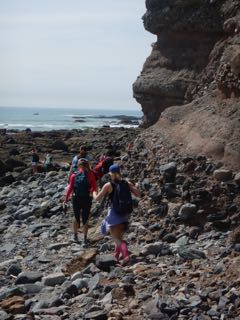
-
|
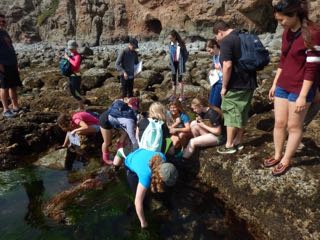
-
| 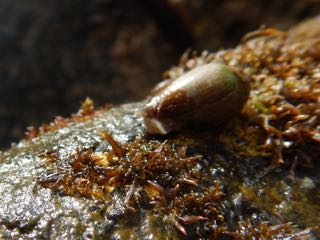
-
| 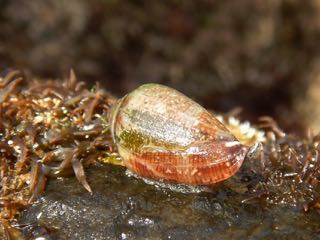
Californiconus californicus (California cone snail)
|
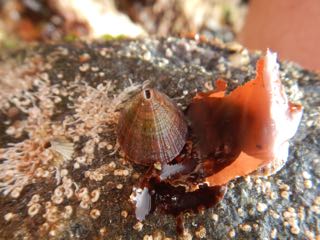
-
| 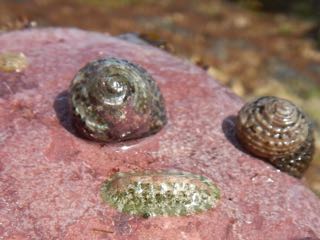
Lepidozona pectinulata and Tegula eiseni
| 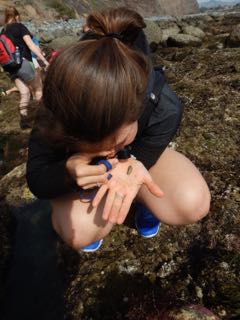
-
|
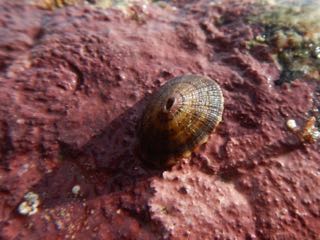
Fissurella volcano
| 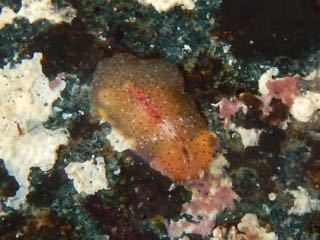
unidentified polyclad flatworm sp. 1 -
According to polyclad flatworm expert, Dr. Marcela Bolaños, this flatworm belongs to Euryleptidae, probably in one of two genera,
Cycloporus (with shorter knob-like tentacles) or Eurylepta (with pointy erected tentacles). Examination of the uterine
vesicles will be helpful in identification, and this can be done with an ethanol-preserved specimen.
| 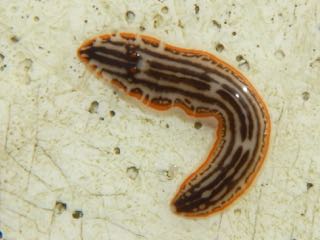
unidentified polyclad flatworm sp. 2
|
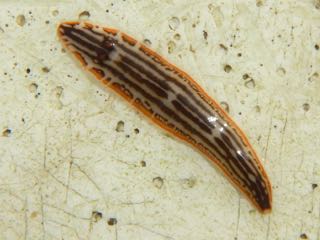
-
| 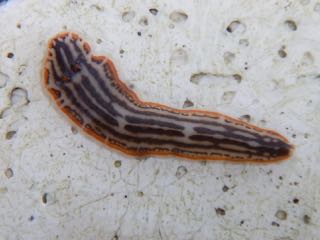
-
| 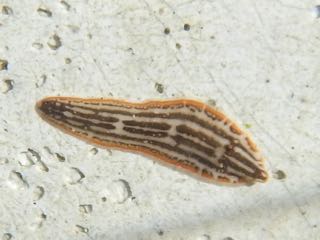
-
|
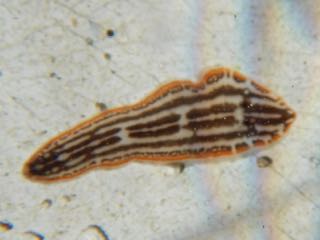
-
| 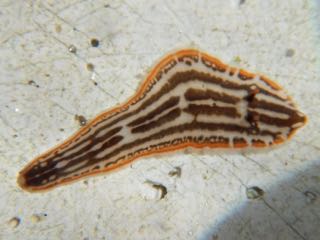
-
| 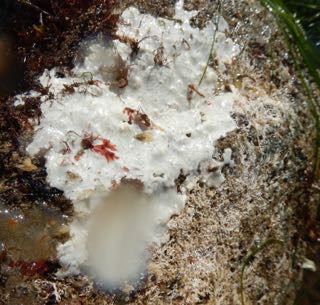
unidentified
|
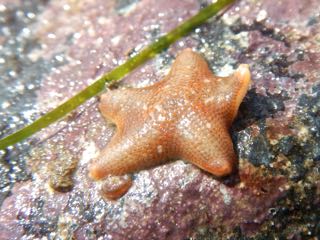
Patiria miniata (bat star)
| 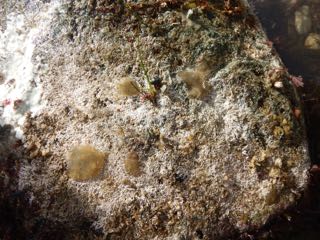
A newly settled shredded wheat worm, Salmacina tribranchiata,
divides asexually into a tangled mat of tiny calcareous tubes. They are serpulid (feather duster) polychaete worms. In the 1985 book, Intertidal Invertebrates of California,
Don Abbott and Eugene Haderlie reported that female worms also reproduce sexually,
with females brooding two short rows of embryos inside their tube until trochophore larvae emerge.
Also on this rock are colonial tunicates (unidentified).
| 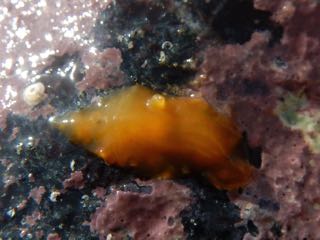
Polyclad flatworm, tentative: Eurylepta aurantiaca
|
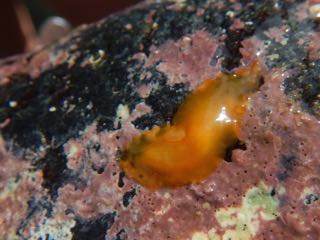
-
| 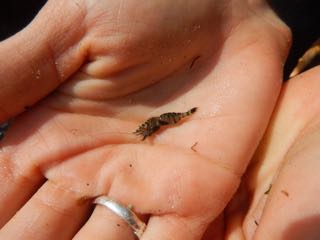
-
| 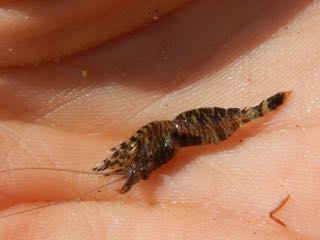
-
|
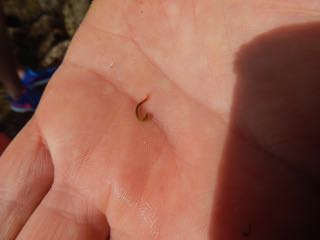
-
| 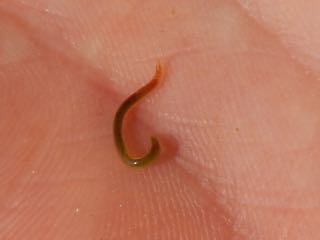
Leslie Harris (Museum of Natural History of Los Angeles Co.) identified this as the simple-bodied
cosmopolitan polychaete,
Polyophthlamus pictus (Opheliidae),
although she warned that it could be a species complex.
| 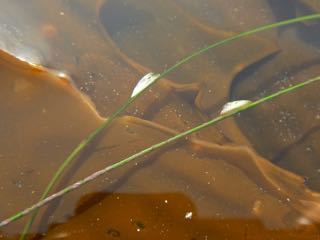
The surfgrass limpet, Lottia paleacea, on the 1mm-wide surfgrass, Phylospadix torreyi,
above southern sea palm, Eisenia arborea
|
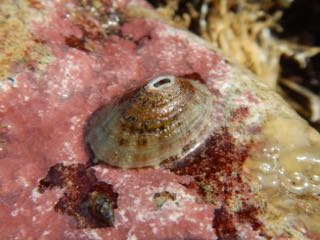
Fissurella volcano
| 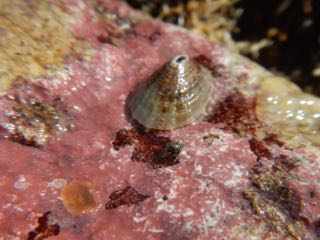
-
| 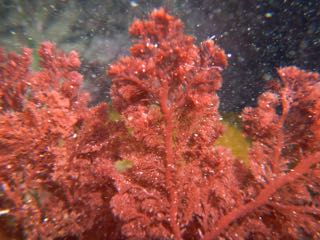
The red alga, Plocamium pacificum
|
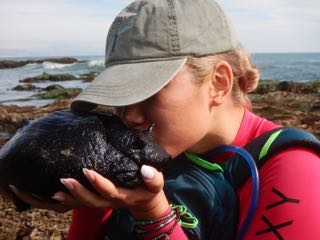
-
| 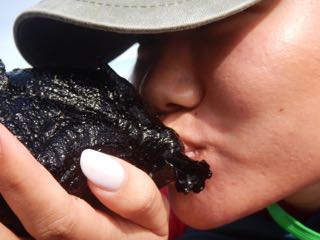
-
| 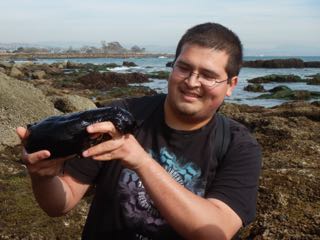
Aplysia vaccaria
|
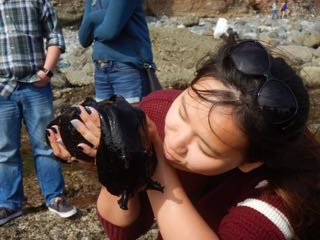
A Stenoplax conspicua with lateral parts of most valves unusually lacking
in color.
| 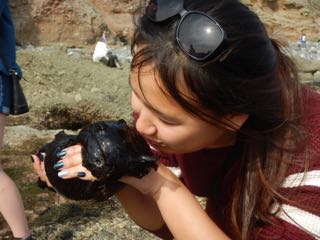
Tegula eiseni
| 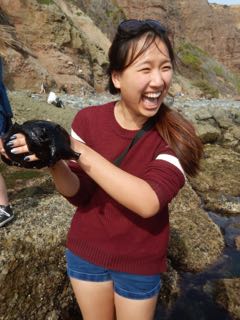
-
|
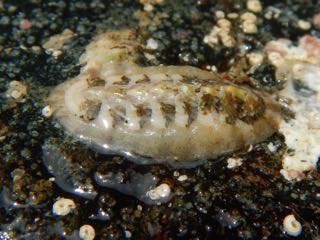
-
| 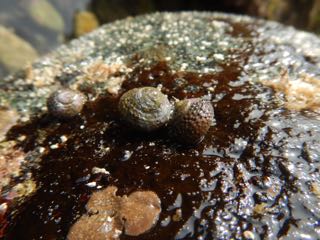
-
| 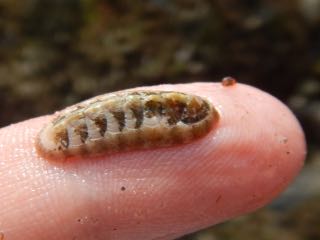
-
|
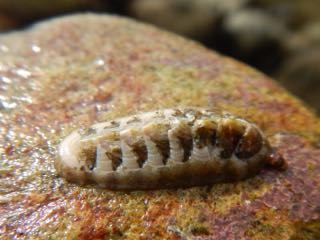
-
| 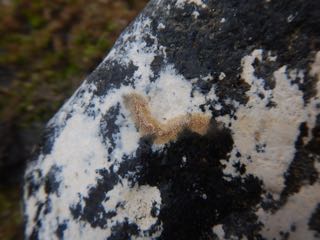
-
| 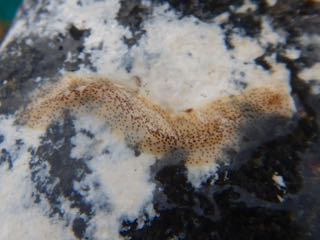
polyclad flatworm, Enchiridium punctatum
|
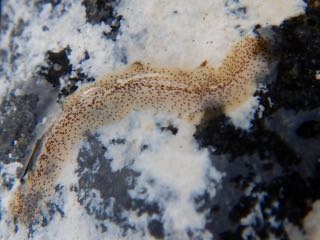
-
| 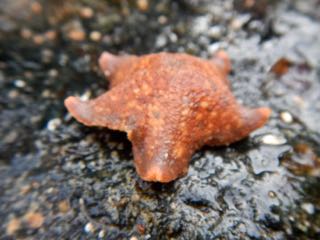
-
| 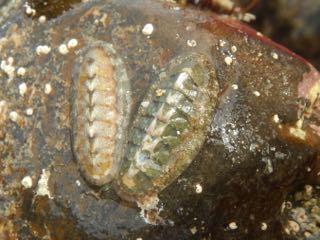
Stenoplax conspicua
|
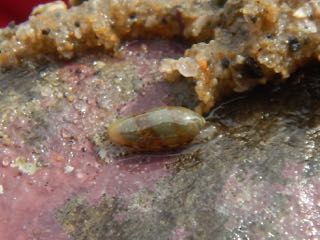
The well-known British malacologist, Vera Fretter,
published a study of the feeding and reproduction of the marginellid snail, Volvarina taeniolata (Journal of Molluscan
Studies 42: 327-336). See Wikipedia entry for Vera Fretter and
check out her much earlier illustration of the
intestine of the gumboot chiton, Cryptochiton stelleri.
| 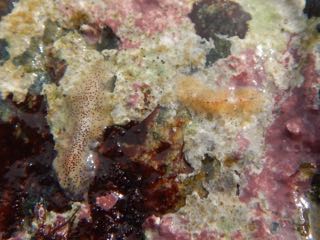
Enchiridium punctutum (L) and the same as one of the unidentified polyclads above (R).
| 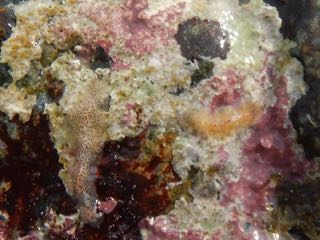
-
|
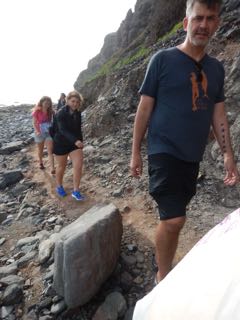
-
| 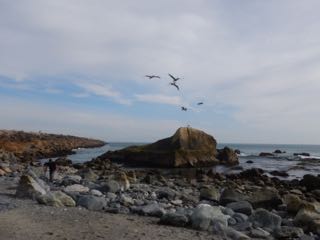
-
| 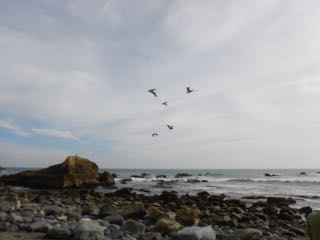
-
|
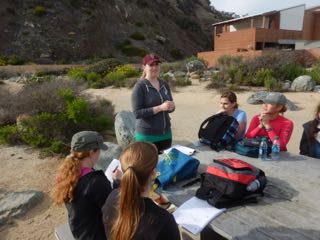
preliminary organism reports
| 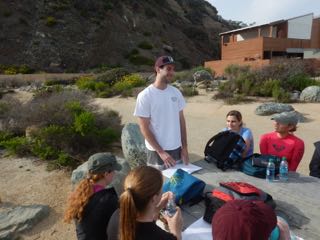
-
| 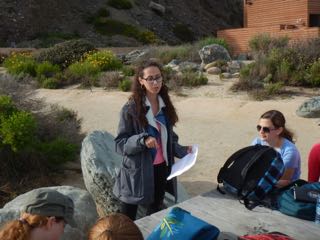
-
|
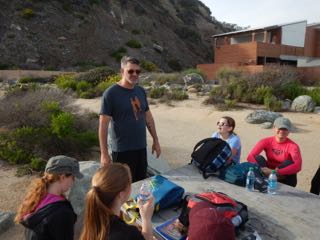
-
| 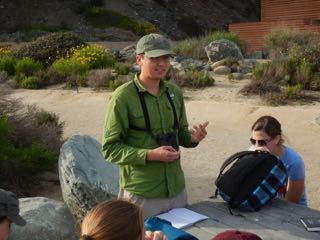
-
| 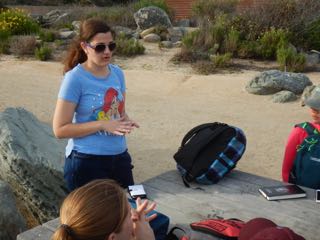
-
|
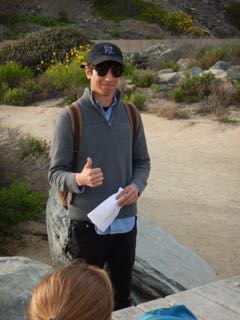
-
| 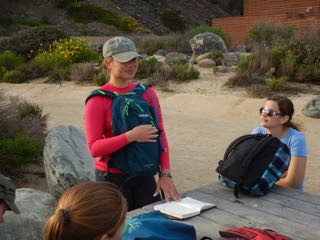
-
| 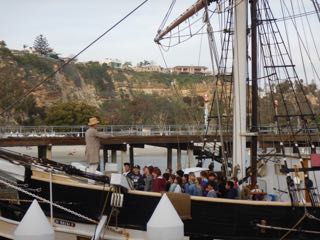
-
|
 Under Construction!
Under Construction! Under Construction!
Under Construction!